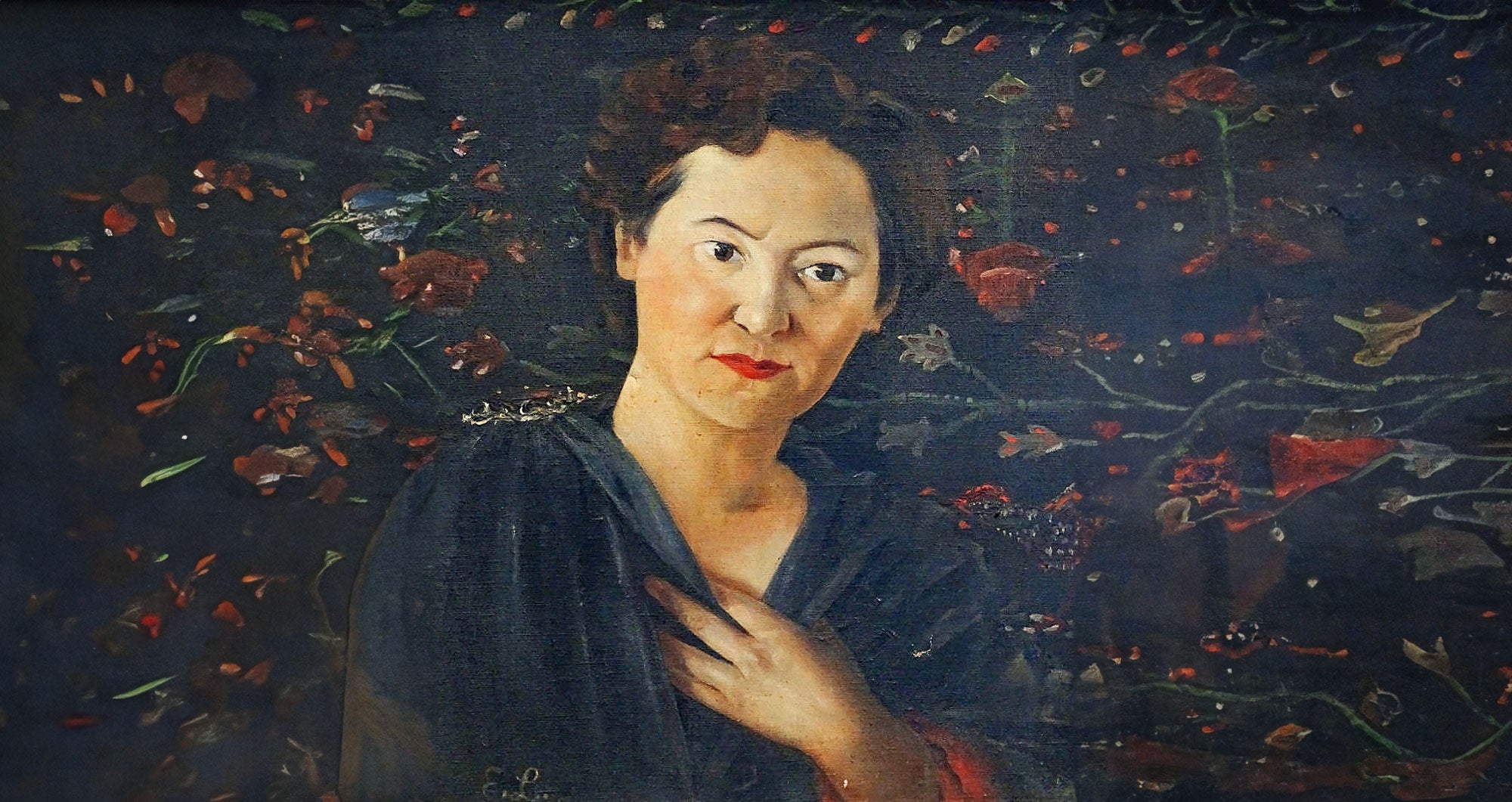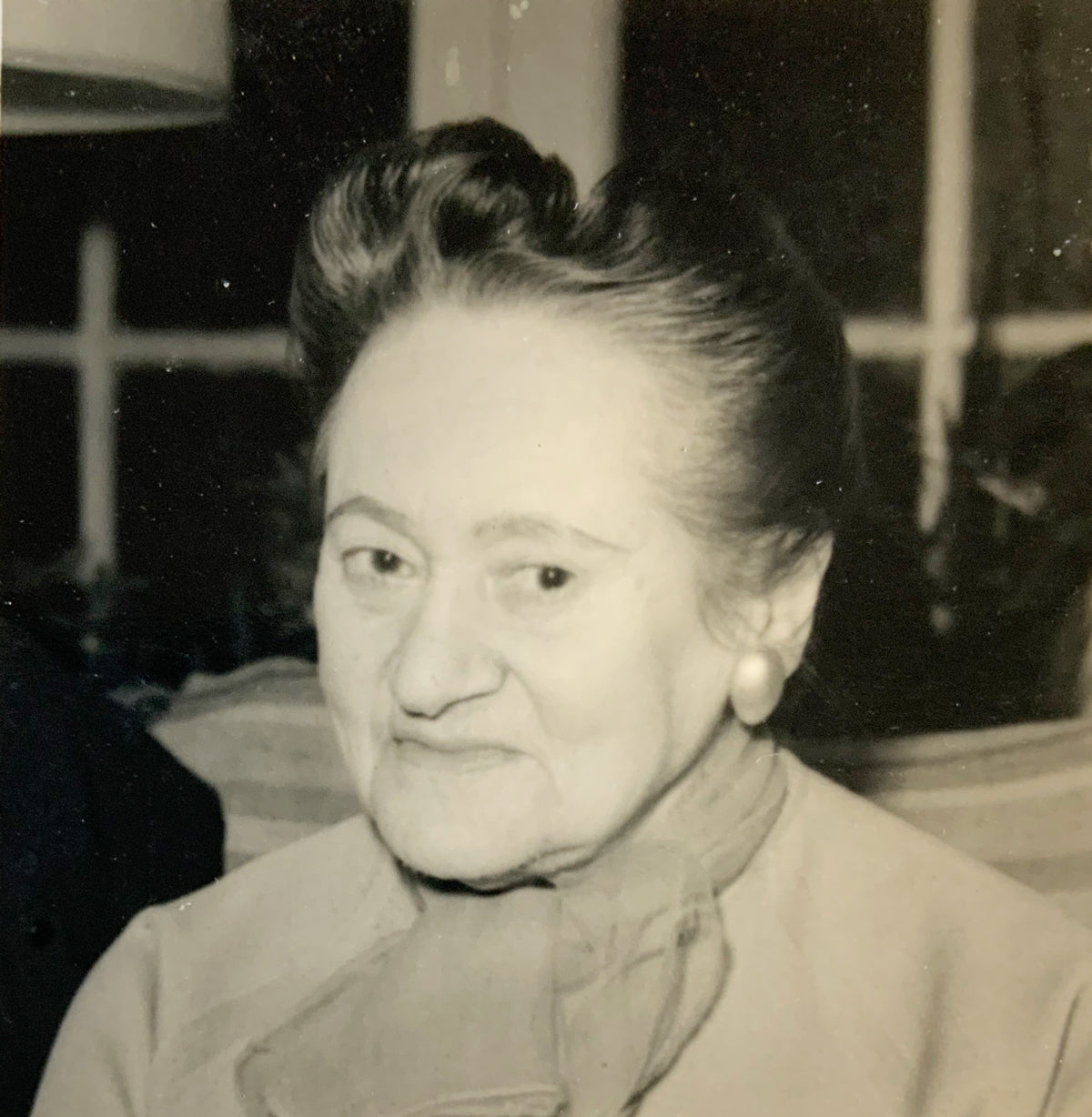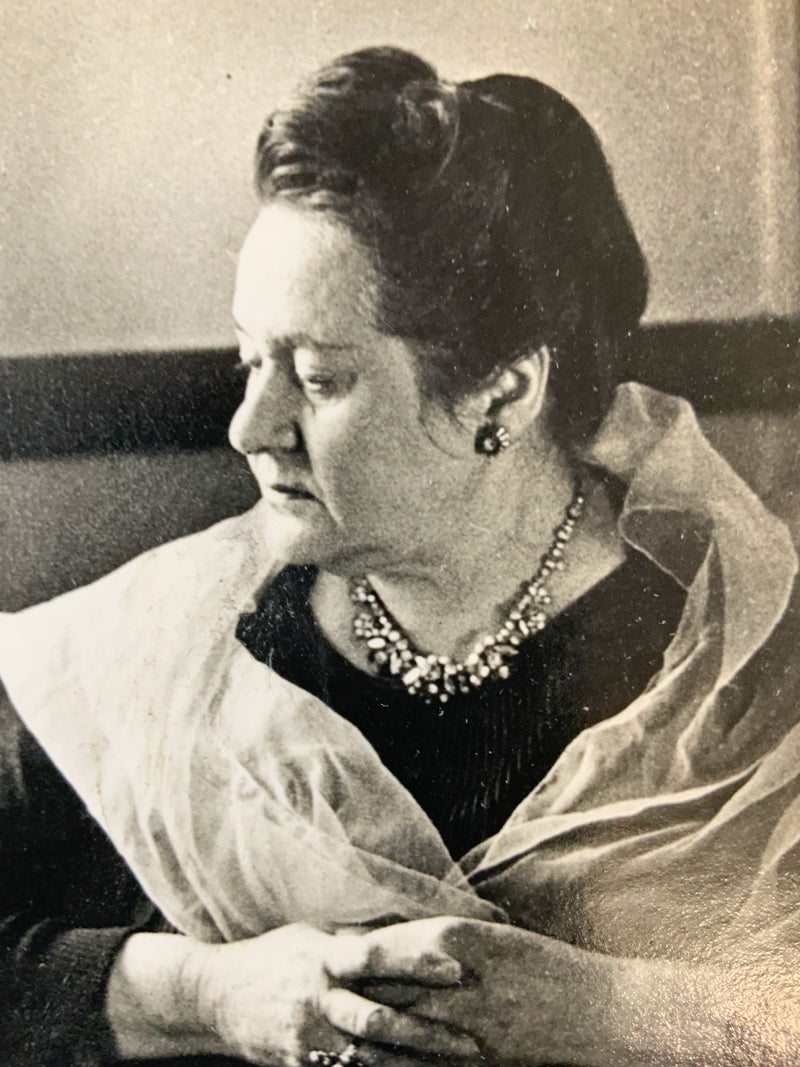
About Freda Swain
Freda Swain was born in Southsea (just below Portsmouth, on the southern coast of England) on 31 October 1902. Her father, himself a musician, recognised and encouraged her early musical talent. At the age of eleven, she was already travelling by train to London on her own, to have piano lessons at the Tobias Matthay Pianoforte School. Later in life she remarked that these early journeys gave her a firm feeling of independence, which she retained for the rest of her life. It may also explain her character, described by almost everyone as ‘strong’, which clearly not only failed to gain her friends (quite the opposite!), but, sadly, might be a partial explanation for the later neglect of her music.
When she was fourteen, she was awarded scholarships by both the Royal Academy of Music and the Royal College of Music; she chose the latter so that she could study composition under Charles Villiers Stanford, for whom she held a lifelong veneration. She also studied piano with the New Zealand-born Arthur Alexander (1891–1969), whom she married in 1921.
By 1924 she, too, was teaching at the RCM and having her first successes with her compositions, which were praised by the musicologist Eric Blom in particular. She was also appearing more and more often as a performer of her own music and that of others. She and her husband appeared together as a well-known piano duo, setting off in 1939 to tour South Africa and Australia for three years, where they taught, gave recitals and recorded. On their return in 1942, they lived in Chinnor Hill, Oxfordshire, until Alexander’s death. They had no children. She died in Chinnor on 29 January 1985.
Freda Swain devoted her life entirely to composition, to teaching and performance, and to promoting young artists. She presented concerts of British music in a series called ‘NEMO’,1 which enjoyed the support of such prominent figures as the conductor Sir Adrian Boult and composers Ralph Vaughan Williams and Arthur Bliss. A particular emphasis was placed on supporting women in concert life (composers as well as performers) because of the numerous obstacles they faced at the time. This determination, and her refusal to follow the compositional trends fashionable then, in an age when musical experimentation was enthusiastically encouraged and supported by the male-dominated establishment, led to Swain and her music being not only neglected but later actually condemned. She nevertheless often found musicians who would perform her works, mainly in London, among them the clarinettist Frederick Thurston, the American-born violinist Achille Rivarde, the Danish violinist Henry Holst (leader of the Berlin Philharmonic under Furtwängler) and the Scottish violist William Primrose. But other than in her own NEMO imprint, very few of her works were ever published, and after her death it was not long before performances of her music dried up completely.
It seems that over time Swain suffered more and more from this state of affairs: as the years passed, the number of new compositions dwindled. The vast majority of her works appeared before 1960; thereafter she wrote only occasional, smaller pieces. She may also simply have felt that in a musical environment suddenly dominated by avant-garde figures such as Boulez, Cage, Feldman, Stockhausen and the like, her works no longer had a place. No one knows; one can only speculate.
Even so, Freda Swain’s compositional output was immense. Some 450 works have survived; although many of them are minor or incomplete, there are nevertheless enough substantial works to allow her to be counted amongst the most impressive British composers (not only women composers) of the twentieth century. Swain’s works demonstrate her total commitment to her art and are, in Joseph Horovitz’s words, ‘frighteningly detailed’.2 Her catalogue focuses on piano and chamber music, including three sonatas and some 40 other works for piano, a large-scale cello sonata, various pieces for violin, among them a sonata with piano and an unaccompanied sonata, as well as a substantial piano quartet, a sextet with horn and clarinet, string quartets, many songs and choral works. There are also an opera, 2 piano concertos and several works for orchestra. Swain’s piano pupils included beginners, which inspired her to produce many enchanting teaching pieces, placing her in a long tradition stretching from Bach via Schumann and Tchaikovsky to Bartók, Kurtág and beyond.
The quality of her works is astonishing and is generally on a par with the leading English composers of the time. She wrote mostly in an austere tonal style, a kind of ‘archaic English late Romanticism’, but she was not afraid occasionally to push the boundaries of tonality. There are indeed a few works which are almost atonal, but they remain exceptions. An excellent player herself, she produced piano-writing, which, while often virtuosic and dense, nevertheless usually lies well under the hands.


Donation
Your donation supports us in our work to make Freda Swain’s hitherto neglected music accessible to a wider public. Our goal is to digitise the manuscripts, supporting recordings and musicological research, all of which requires financial resources beyond our means. Your generous help will play a large part in realising our objectives Thanking you in advance for your support in recording and promoting the wonderful musical legacy of Freda Swain
Featured collection
-
An English Idyll (For Piano)
Regular price From CHF 8.00Regular price -
Fantasy Suite For Oboe and Piano
Regular price From CHF 8.00Regular price -
King David from „Peacock Pie“ (For Voice and String Quartet) Full score and parts included
Regular price From CHF 8.00Regular price -
Moment Musicaux No. 3 F-minor
Regular price From CHF 7.00Regular price



